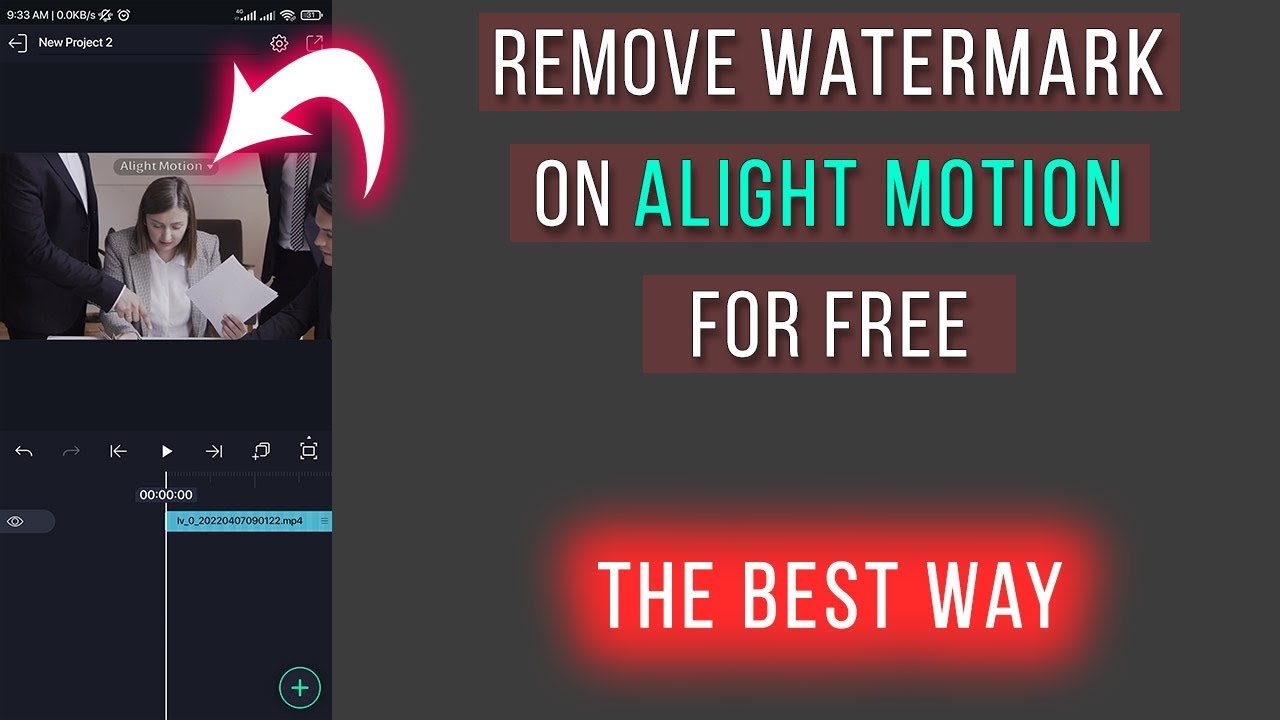Creating an XML file in Alight Motion may seem challenging, but it’s simpler than you think. Start by opening the Alight Motion app and selecting your project. Next, go to the export options and choose XML format. Finally, save the file to your desired location. This process helps you share your animations easily and keep your work organized. Whether you are a beginner or experienced user, knowing how to make xml file alight motion will save you time. Let’s dive into the details to guide you step-by-step.
Table of Contents
- How to Make XML File Alight Motion
- Frequently Asked Questions
- Final Thoughts
How to Make XML File Alight Motion
Creating an XML file for Alight Motion can seem daunting at first, but it’s actually quite straightforward once you understand the basics. This blog post will guide you step-by-step on how to make an XML file for Alight Motion, helping you create stunning animations for your projects. Additionally, if you’re interested in how to use preset in Alight Motion, we’ll cover that as well. Let’s start with understanding what XML files are and why they are crucial for Alight Motion.
What is an XML File?
XML stands for Extensible Markup Language. It is a plain text file that defines a set of rules for encoding documents in a format that is both human-readable and machine-readable. XML files are used to store and transport data. For instance:
xml
Tove
Jani
Reminder
Don’t forget me this weekend!
In the context of Alight Motion, XML files help define animations by storing parameters such as motion paths, keyframes, and effects.
Why Use XML Files in Alight Motion?
Using XML files in Alight Motion allows for:
- Greater customization of animations.
- Easier sharing of motion graphics projects.
- Efficient management of complex animations.
Getting Started with Alight Motion
Before diving into creating XML files, ensure you have Alight Motion installed on your device. Alight Motion is a powerful video and animation editing software available on Android and iOS platforms.
Set Up Your Project
To set up your project:
- Open Alight Motion on your device.
- Click the “+” button to create a new project.
- Configure your project settings such as resolution, frame rate, and background color.
- Click “Create Project” to begin.
Understanding the Structure of an XML File for Alight Motion
An XML file for Alight Motion typically includes several key elements:
- Project Information: Contains metadata about your project.
- Layers: Individual elements or assets in your animation.
- Keyframes: Define the start and end points of any transition.
- Effects: Visual effects applied to layers.
Step-by-Step Guide to Creating an XML File
Create the XML File
To create your XML file:
- Open a text editor such as Notepad (Windows) or TextEdit (Mac).
- Save the file with a .xml extension (e.g., my-animation.xml).
Define Project Information
Start with the basic structure of your XML file:
xml My Animation
1920
1080
30
This block sets the project name, dimensions, and frame rate.
Adding Layers
Next, add layers to your project. A layer might look like this:
xml
shape
Circle
200
200
#FF0000
This creates a red circle with 200×200 dimensions.
Implementing Keyframes
Keyframes are essential for animations. Define keyframes within a layer like this:
xml
shape
Circle
200
200
#FF0000
This moves the circle from (100,100) to (500,500) over 1000 milliseconds.
Applying Effects
You can also add effects to your layers. Here’s an example of adding a shadow effect:
xml
shape
Circle
200
200
#FF0000
shadow
#000000 0.5
10
This applies a semi-transparent black shadow with a blur radius of 10.
Saving and Importing the XML File
Once you have added all the layers, keyframes, and effects, save your XML file. To import the XML file into Alight Motion:
- Open Alight Motion.
- Go to your project.
- Select “Import” and choose your XML file.
Common Pitfalls and Troubleshooting
While working with XML files, you may encounter some common issues:
- Invalid Syntax: Ensure all tags are properly closed and nested.
- Unsupported Features: Some features may not be supported in Alight Motion’s XML schema.
- File Corruption: Always back up your XML files to avoid data loss.
Debugging Tips
If you face errors:
- Check the XML structure for syntax errors.
- Validate the XML against Alight Motion’s schema if available.
- Test smaller sections of your XML file to isolate issues.
Advanced Techniques
As you become more comfortable with XML, you can explore advanced techniques:
- Using Multiple Layers: Combine various shapes and assets for complex animations.
- Custom Effects: Create unique visual effects by tweaking XML parameters.
- Automation: Use scripts to generate repetitive XML patterns.
Best Practices
To get the best results:
- Organize Your XML: Use indentation and comments for readability.
- Reuse Code: Create templates for common elements and reuse them.
- Test Frequently: Regularly import and test your XML in Alight Motion.
Creating XML files for Alight Motion opens up a world of possibilities for customizing your animations. By following this guide step-by-step, you will gain the skills to craft intricate and captivating animations with ease. Happy animating!
Frequently Asked Questions
Can I edit an existing XML file in Alight Motion?
Alight Motion does not allow direct editing of XML files within the app. However, you can open the XML file in a text editor, make the necessary changes, and then re-import it into Alight Motion.
When creating XML files for Alight Motion, use tags specific to the application’s requirements. These tags define the animations, transitions, and properties of elements. Refer to Alight Motion’s documentation for a comprehensive list of supported tags and attributes.
What should I do if my XML file fails to import into Alight Motion?
If your XML file fails to import into Alight Motion, check for syntax errors or unsupported tags. Ensure the file adheres to the XML structure required by Alight Motion. Use an XML validator to identify and correct errors before attempting to import the file again.
Final Thoughts
Creating an XML file in Alight Motion involves several straightforward steps. First, organize your media and elements clearly. Next, use the export feature to save your project as an XML file. Pay attention to the compatibility of your elements to avoid errors. By following these steps, you can efficiently make an XML file Alight Motion. This helps in managing complex projects and sharing them easily.



